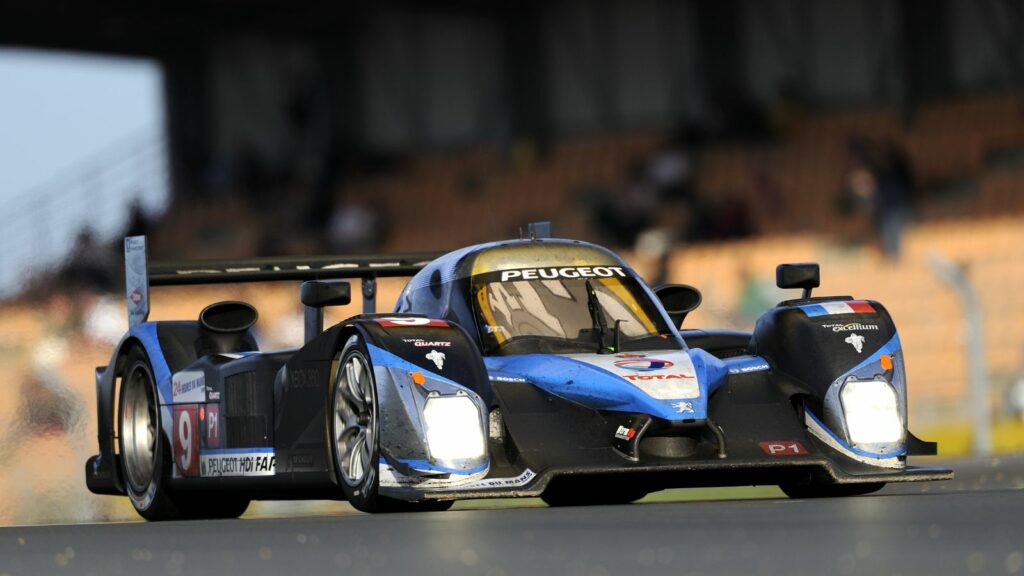Auto racing history is full of iconic moments that have shaped the sport into what it is today. From groundbreaking technological advancements to heart-stopping finishes, these moments have captivated fans and left an indelible mark on motorsports. We look at 16 of the most defining moments in auto racing history, highlighting the icons and milestones that have helped shape the sport over the years.
The First Automobile Race (1887)
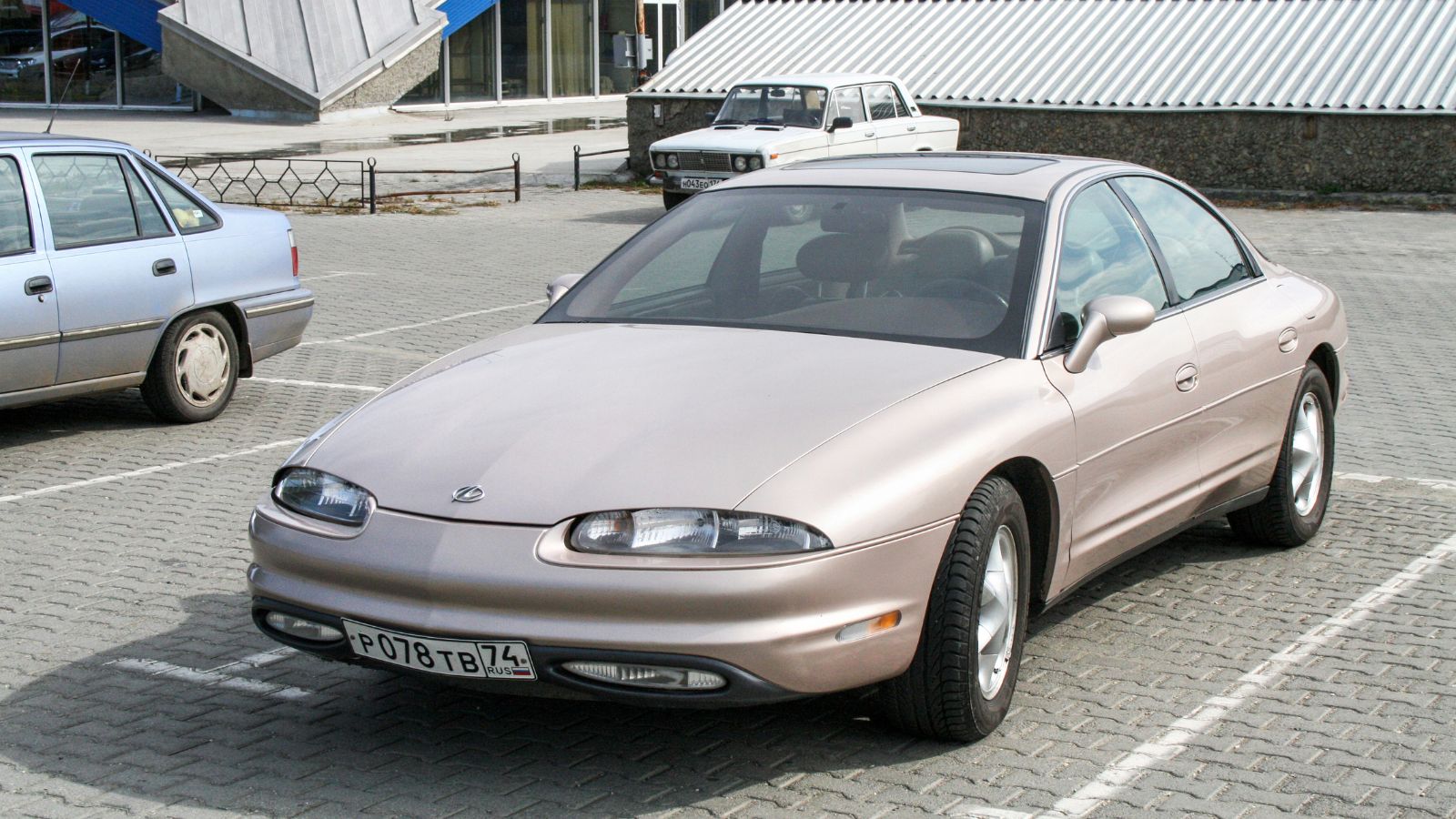
The birth of auto racing can be traced back to 1887 when the first automobile race, held on August 30, was organized by the Paris magazine “Le Vélocipède.” It covered a distance of 2.4 kilometers from Neuilly Bridge to the Bois de Boulogne in Paris, France. Only two vehicles participated, both powered by steam engines: Count de Dion’s steam tricycle and Georges Bouton’s steam tricycle. De Dion’s vehicle won, completing the race in just over 18 minutes at an average speed of about 12.8 km/h (8 mph). Although short and modest by today’s standards, this event marked the beginning of competitive automobile racing and laid the groundwork for future developments in the automotive industry.
Ford Model T (1908)
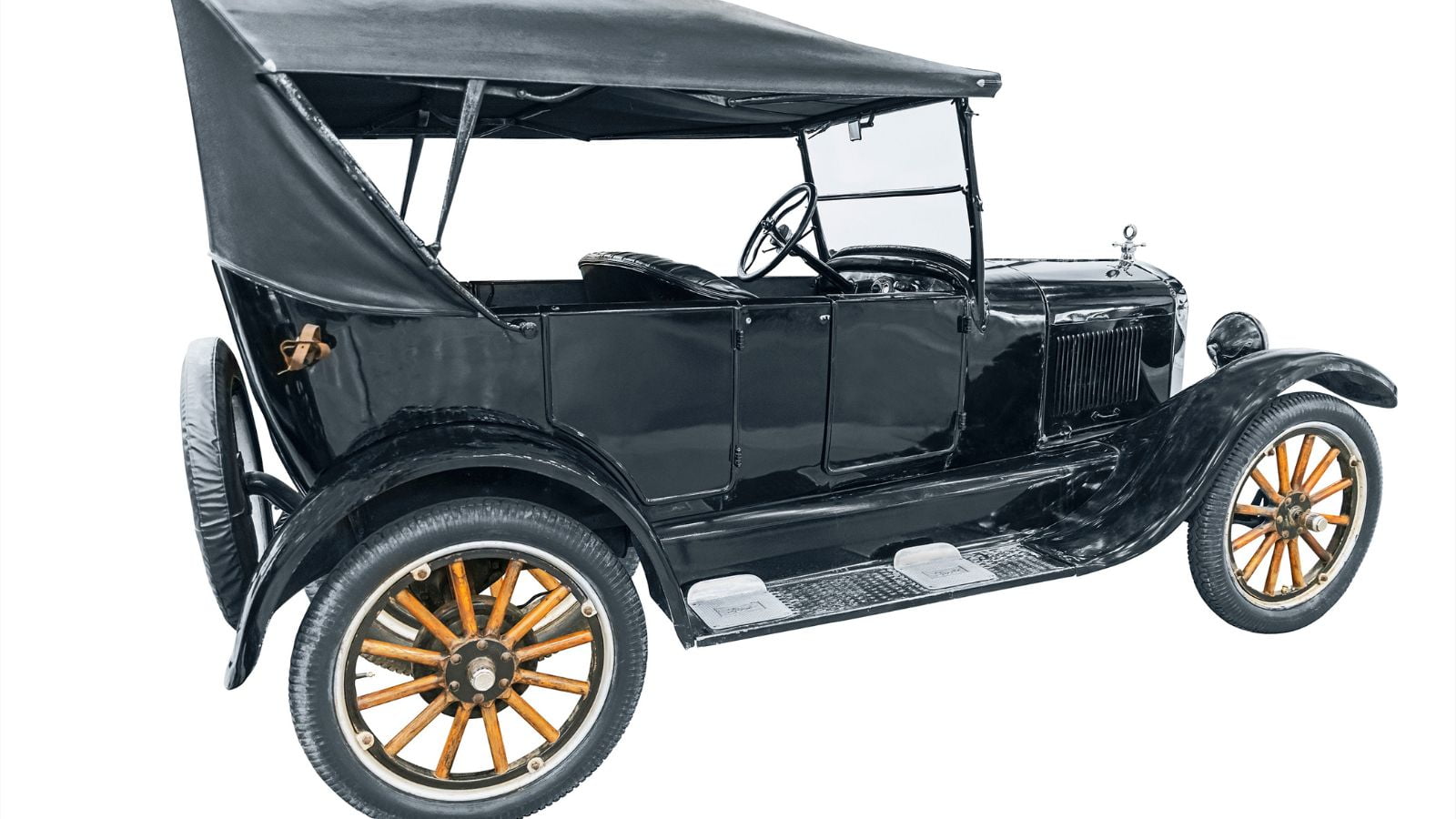
The Ford Model T, introduced in 1908, revolutionized transportation. Built by the Ford Motor Company, it was the first affordable automobile, initially priced at $850. Henry Ford’s innovative assembly line techniques reduced production time from 12 hours to 93 minutes per car by 1913. The Model T boasted a 20-horsepower, four-cylinder engine capable of reaching up to 45 mph speeds. Its durability and simplicity made it famous worldwide, with over 15 million units sold by 1927. The Model T’s impact on society profoundly democratized automobile ownership and shaped modern transportation systems.
Indianapolis 500 (1911)

The Indianapolis 500, first held in 1911, is among the world’s oldest and most prestigious automobile races. It takes place annually at the Indianapolis Motor Speedway in Speedway, Indiana. Ray Harroun won the inaugural race driving a Marmon Wasp, completing 500 miles in approximately 6 hours and 42 minutes, with an average speed of around 74.6 mph. The event attracted over 80,000 spectators, setting a standard for future motorsport events. The race has since become a Memorial Day tradition, drawing top drivers and teams from around the globe, making it a cornerstone of American motorsports history.
Formation of Formula One (1950)

The year 1950 saw the establishment of the Fédération Internationale de l’Automobile (FIA) Formula One World Championship, ushering in a new era of elite racing competition. The inaugural season featured seven races, with Italian driver Giuseppe Farina clinching the championship title driving for Alfa Romeo. Formula One would become the pinnacle of motorsport, attracting the best drivers and teams from around the globe.
Juan Manuel Fangio’s Dominance (1950s)

Argentine racing legend Juan Manuel Fangio stamped his authority on Formula One in the 1950s, capturing five World Championships between 1951 and 1957. Fangio’s unparalleled skill behind the wheel and strategic prowess elevated him to legendary status, solidifying his place as one of the most significant drivers in history.
Ford vs. Ferrari at Le Mans (1966)

In 1966, Le Mans witnessed a showdown hotter than a jalapeño on a summer day: Ford versus Ferrari. With their GT40, Ford was like a kid with a new toy, determined to dethrone Ferrari, the reigning champ. Ferrari, with their sleek machines, scoffed at Ford’s attempt. But lo and behold, Ford flipped the script, clinching victory like a boss. They swept the podium, leaving Ferrari eating dust faster than you can say, “Vroom!” It was a tale of David versus Goliath, only this time David had a shiny, fast car. And thus, Ford’s legend at Le Mans was born.
Niki Lauda’s Comeback (1976)

The 1976 Formula One season is remembered for the remarkable comeback of Austrian driver Niki Lauda, who suffered a horrific crash at the German Grand Prix that left him with severe burns. Miraculously, Lauda returned to racing six weeks later, demonstrating incredible resilience and determination. Although he narrowly missed the championship that year, his courageous comeback remains one of the most inspiring moments in the sport’s history. Talk about a comeback!
Ayrton Senna vs. Alain Prost (1980s-1990s)
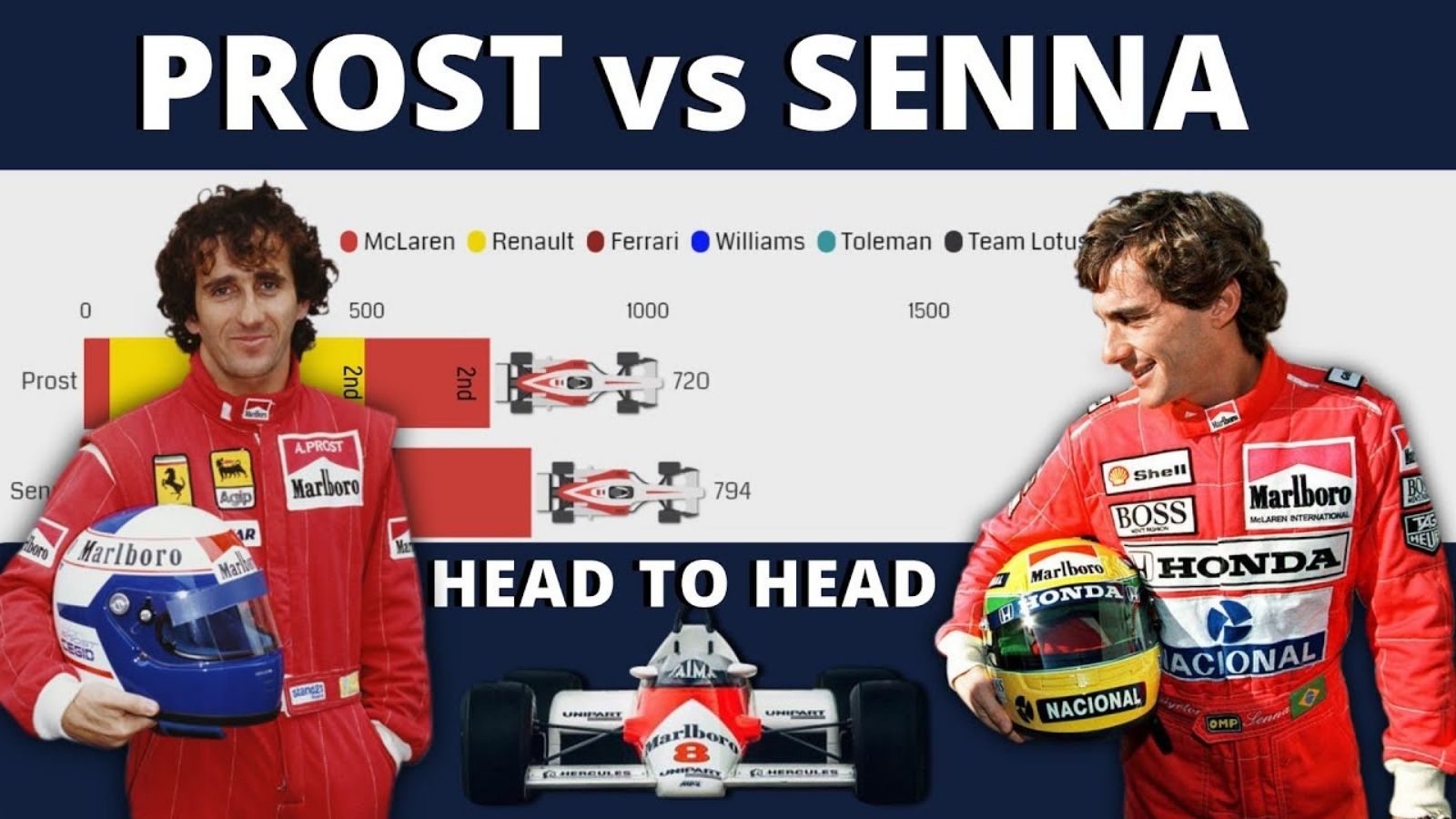
The fierce rivalry between Ayrton Senna and Alain Prost defined Formula One in the late 1980s and early 1990s, captivating fans with its intensity and drama. The two drivers, both multiple-time world champions, engaged in epic battles on the track, culminating in controversial clashes and unforgettable moments that are etched into the annals of auto racing history.
Dale Earnhardt’s Daytona 500 Victory (1998)
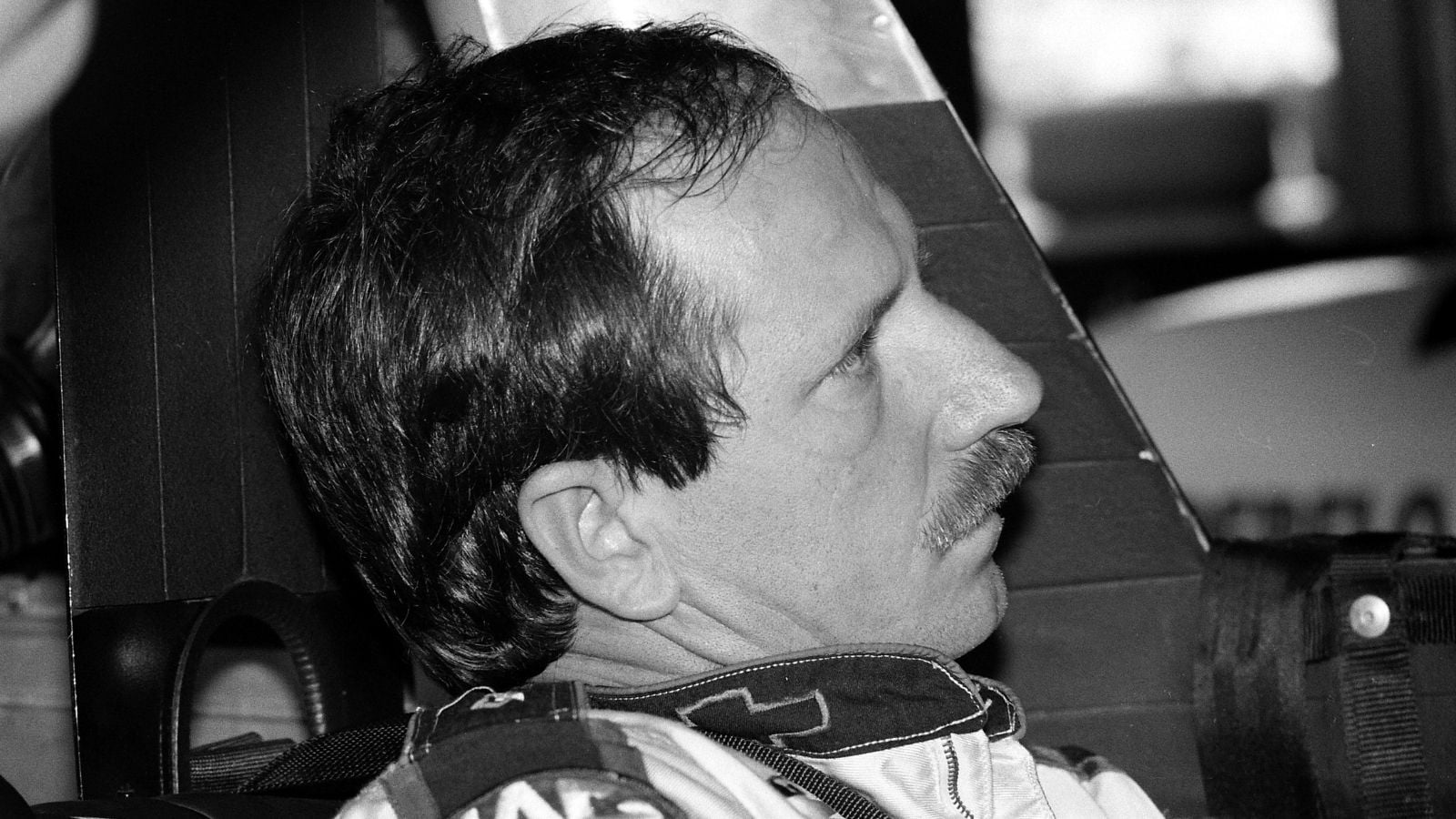
In 1998, Dale Earnhardt finally triumphed at the Daytona 500, a pinnacle moment in his illustrious NASCAR career. Piloting his black No. 3 Chevrolet, Earnhardt’s victory marked his long-awaited breakthrough at the famed event after 20 years of attempts. Despite his status as a seven-time NASCAR champion, the Daytona 500 had eluded him until that historic day. His win was a testament to his skill, perseverance, and the culmination of years of determination. Legions of fans celebrated Earnhardt’s victory.
Michael Schumacher’s Seven Championships (1990s-2000s)
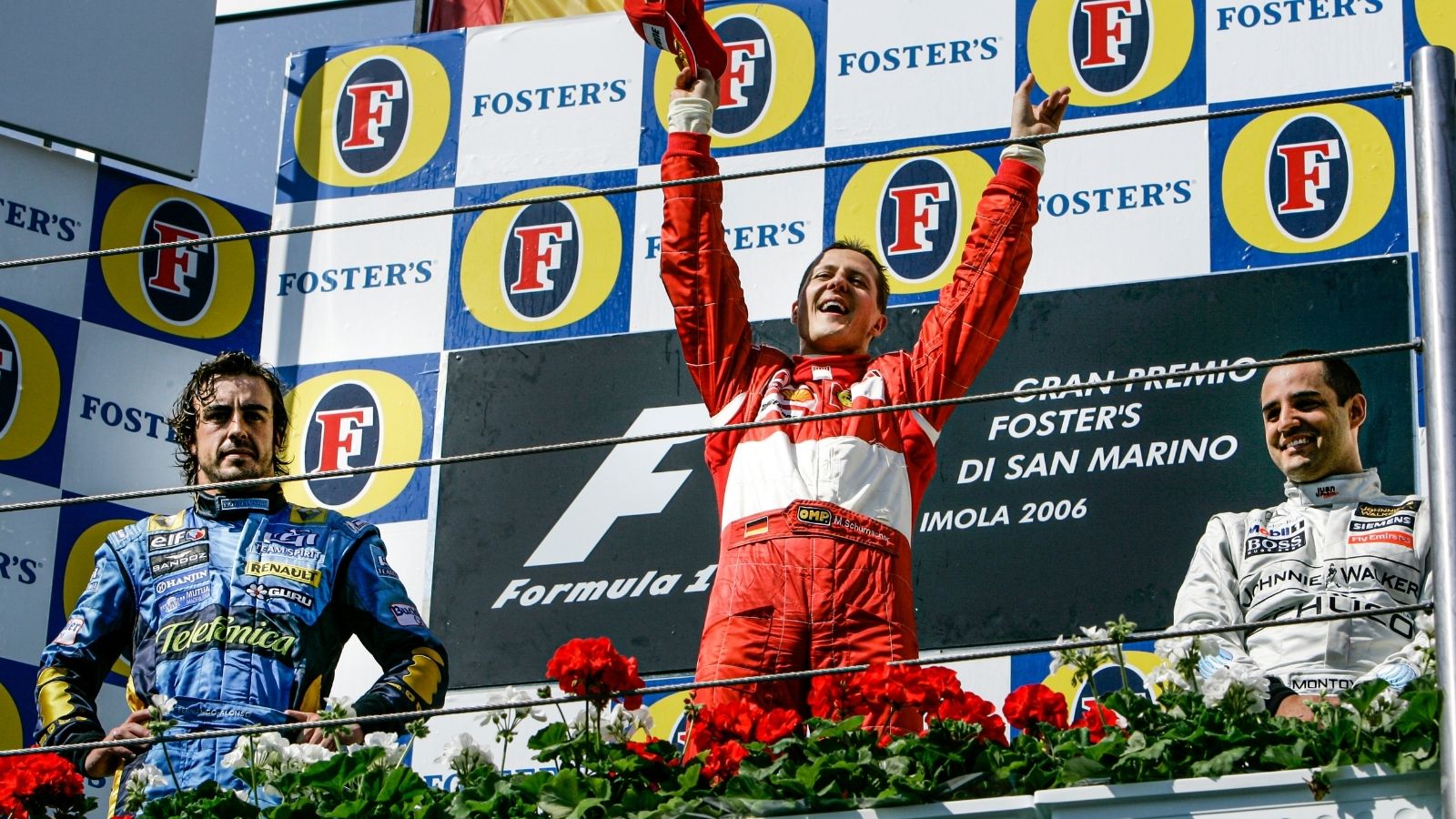
German driver Michael Schumacher dominated Formula One like no other, capturing a record seven World Championships between 1994 and 2004. Schumacher’s combination of raw talent, relentless work ethic, and unparalleled determination elevated him to legendary status, cementing his legacy as one of the sport’s all-time greats.
Lewis Hamilton’s Record-Breaking Success (2000s-present)
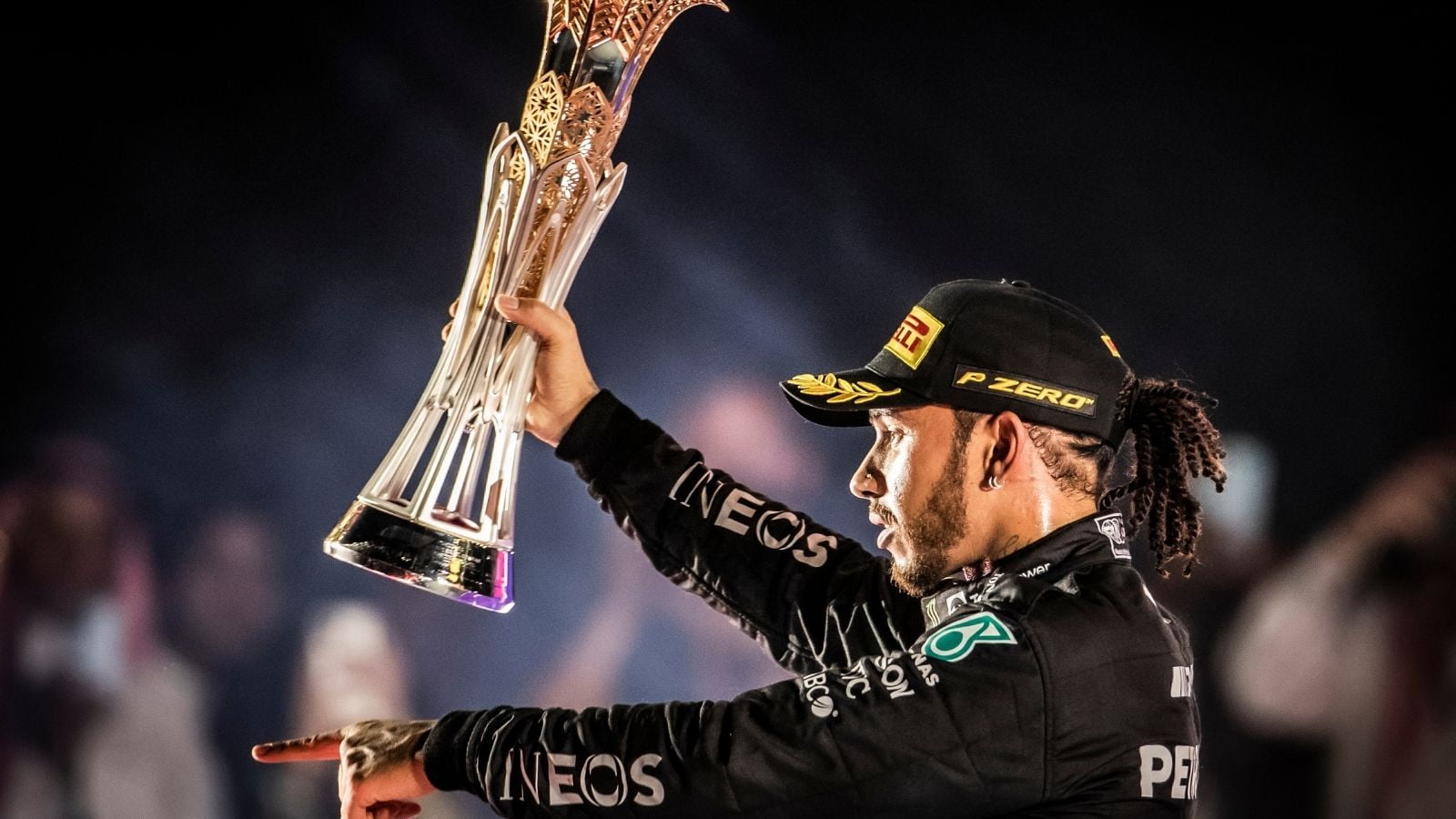
In the modern era of Formula One, Lewis Hamilton has rewritten the record books, establishing himself as one of the most successful drivers in the sport’s history. With multiple World Championships and a slew of race wins, Hamilton’s dominance on the track has solidified his place among the legends of the auto racing world.
Danica Patrick’s IndyCar Breakthrough (2008)

In 2008, Danica Patrick blazed through the IndyCar circuit like a firecracker in a race car-shaped suit. She snagged her maiden victory at Twin Ring Motegi, silencing doubters. Danica, the queen of speed and sass, proved she wasn’t just eye candy on wheels but a force to be reckoned with. With nerves of steel and a lead foot to match, she left competitors eating her dust. And let’s not forget she made history as the first woman to win an IndyCar race. Danica’s breakthrough? It’s more like a thunderous mic drop on wheels.
Hybrid Power in Formula One (2014)
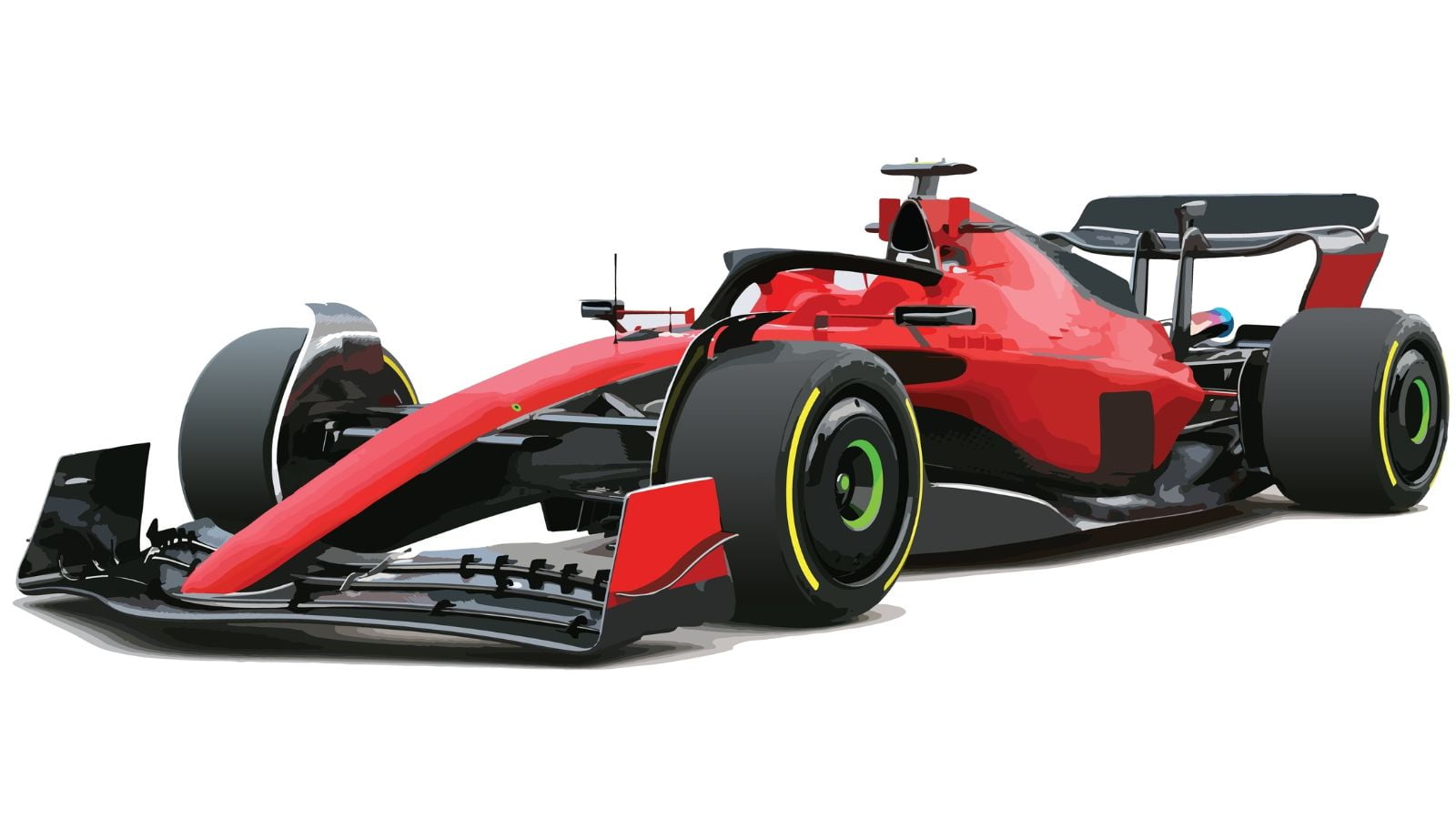
The introduction of hybrid power units in Formula One in 2014 marked a significant technological advancement in the sport, ushering in a new era of energy efficiency and sustainability. The hybrid era has seen a shift towards greener technology, with hybrid power units playing a central role in shaping the future of racing.
Lewis Hamilton’s Advocacy for Diversity and Inclusion (2020s)

In recent years, Lewis Hamilton has used his platform as a Formula One superstar to advocate for diversity, inclusion, and social justice. Hamilton’s outspoken activism has sparked meaningful conversations within the sport and beyond, highlighting the need for greater diversity and equality in auto racing and society.
Rise of Electric Racing (2014-present)

The rise of electric racing series such as Formula E has signaled a shift towards sustainable motorsport and innovation in alternative energy sources. With its thrilling wheel-to-wheel action and commitment to environmental sustainability, Formula E has emerged as a pioneering force in the future.
Lewis Hamilton’s 100th Win (2022)

In 2022, Lewis Hamilton hit the century mark in style, clinching his 100th Formula 1 win like a boss. Zooming around like a caffeinated cheetah, he left rivals choking on his exhaust fumes. It was a race more dramatic than a soap opera marathon, with twists, turns, and hairpin bends that’d make a pretzel jealous. Hamilton’s victory lap felt like a victory dance on the hood of his car, fueled by adrenaline and a sprinkle of sheer magic. And just like that, he etched his name in racing folklore, proving once again that he’s not just fast, he’s ludicrously fast.
15 Most Reliable Cars Ever Made — Why They Never Quit
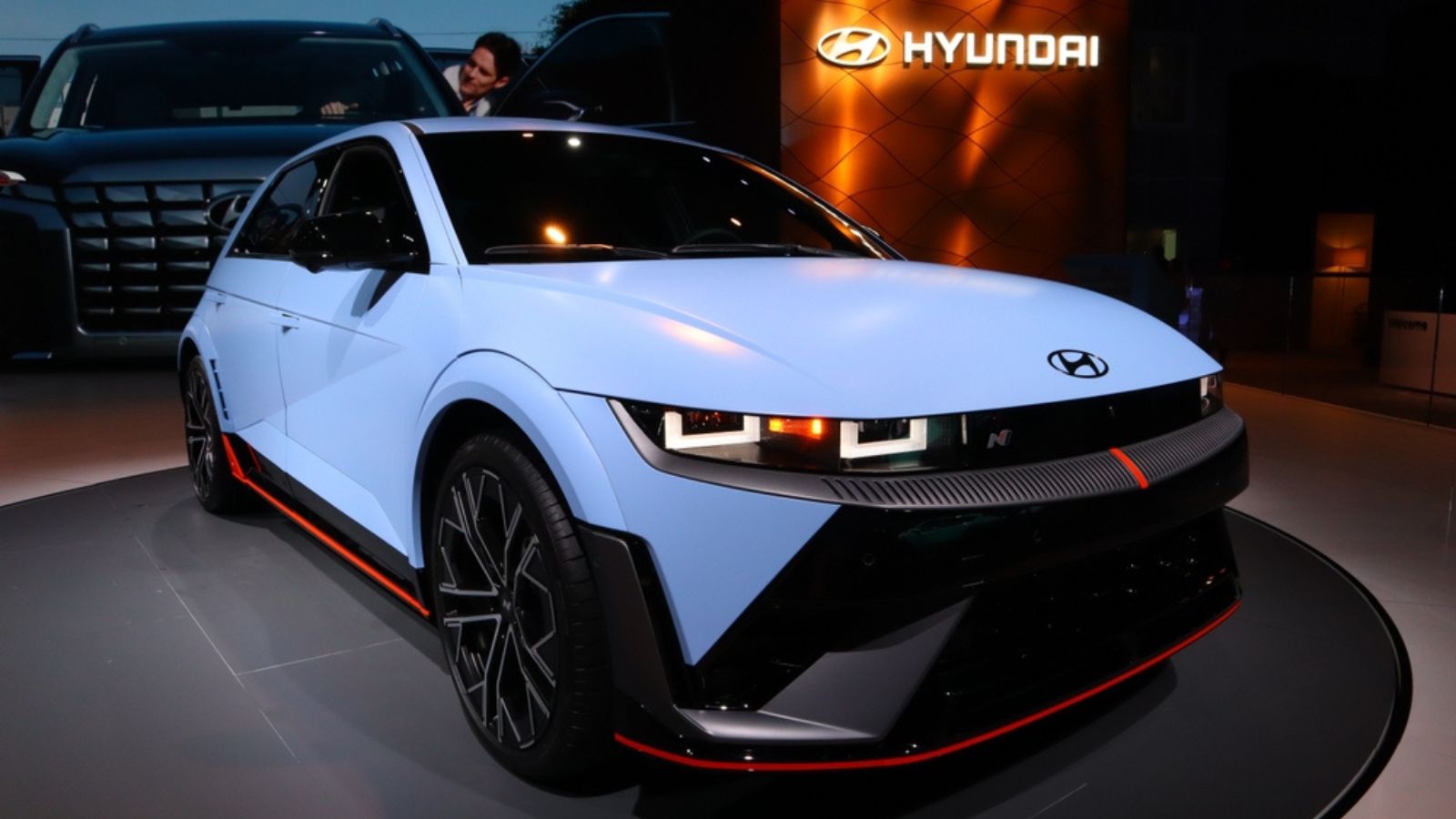
Some claim that the dependability of autos has decreased. Modern cars have a shorter lifespan than some cars manufactured between the 1970s and the 1990s, but some new and used cars today are good enough to last for at least ten years and up to 500,000 miles. When these vehicles break down, most problems are relatively simple, and many don’t have serious difficulties. Here are 15 of the most reliable cars ever made: 15 Most Reliable Cars Ever Made — Why They Never Quit
